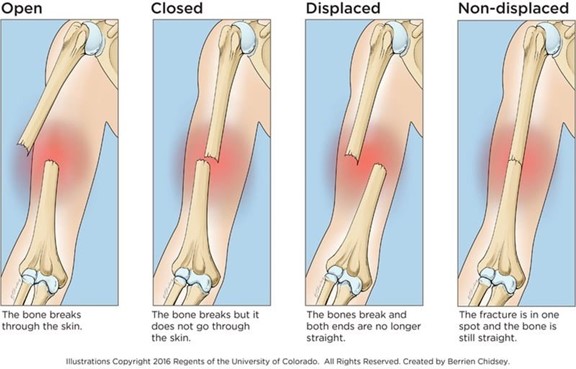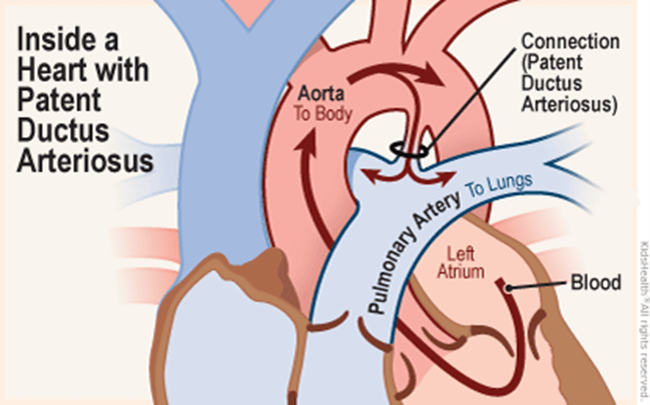A 4-year-old girl is brought to the emergency room with a fractured arm. Which information should be a basis for the practical nurse (PN) to suspect child abuse?
The family is poorly dressed, has poor eye contact, and seems overwhelmed by the hospital.
The child has had 4 previous visits to 3 different emergency departments.
The child clings to her mother and does not want the PN to examine her.
The child's step-father is extremely concerned and refuses to leave the child alone.
The Correct Answer is B
Repeated visits to multiple emergency departments for various injuries or complaints can be a red flag for possible child abuse. The other options may indicate other issues or concerns, but they do not provide as much reason to suspect child abuse as the history of repeated visits to different emergency departments. It is important for healthcare providers to remain vigilant for signs of child abuse and to report any suspicions to the appropriate authorities.

Nursing Test Bank
Naxlex Comprehensive Predictor Exams
Related Questions
Correct Answer is B
Explanation
The practical nurse (PN) should recognize that a newborn whose mother has poorly controlled type 1 diabetes mellitus and is exhibiting grunting with mild sternal retractions is exhibiting signs of patent ductus arteriosus. Patent ductus arteriosus is a condition in which the ductus arteriosus, a blood vessel that connects the pulmonary artery to the aorta, fails to close after birth. This can result in abnormal blood flow between the aorta and pulmonary artery, leading to respiratory distress.
Hypothyroidism (Option A) and hyperinsulinemia (Option C) are conditions that can occur in newborns, but they do not typically present with grunting and sternal retractions.
Ventral septal defect (Option D) is a congenital heart defect that can cause respiratory distress, but it is not specifically associated with maternal diabetes.

Correct Answer is C
Explanation
The PN should provide the information that it may be helpful to **try withholding fluids after supper and before bedtime**. Bedwetting is common and often runs in families. It can be upsetting, but most children and young people will grow out of it³. It’s not unusual for kids to wet the bed at night. Known formally as pediatric enuresis, uncontrolled nighttime urination affects as many as 5% to 10% of 7-year-olds in the United States.
Whether you are a student looking to ace your exams or a practicing nurse seeking to enhance your expertise , our nursing education contents will empower you with the confidence and competence to make a difference in the lives of patients and become a respected leader in the healthcare field.
Visit Naxlex, invest in your future and unlock endless possibilities with our unparalleled nursing education contents today
Report Wrong Answer on the Current Question
Do you disagree with the answer? If yes, what is your expected answer? Explain.
Kindly be descriptive with the issue you are facing.
